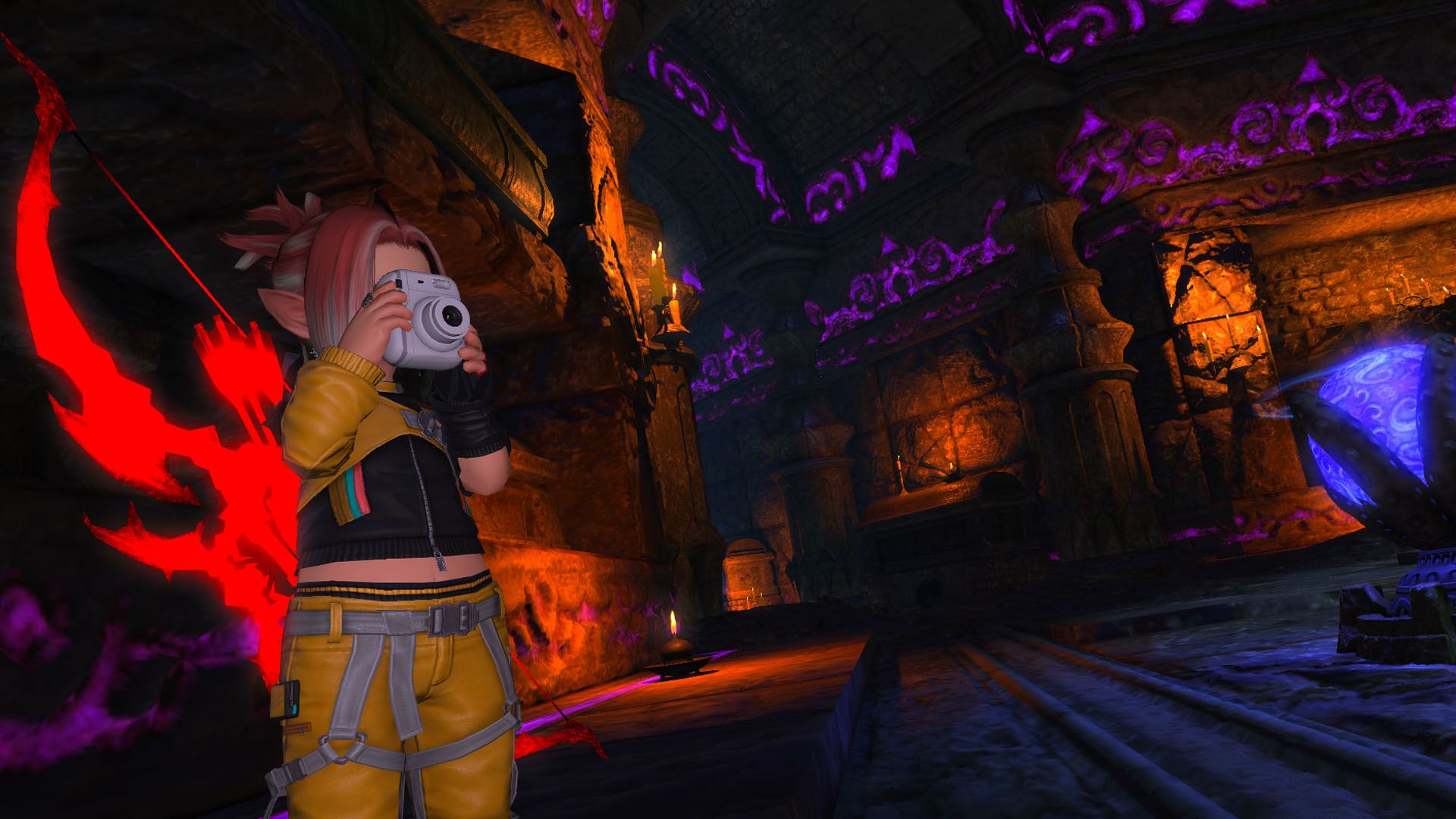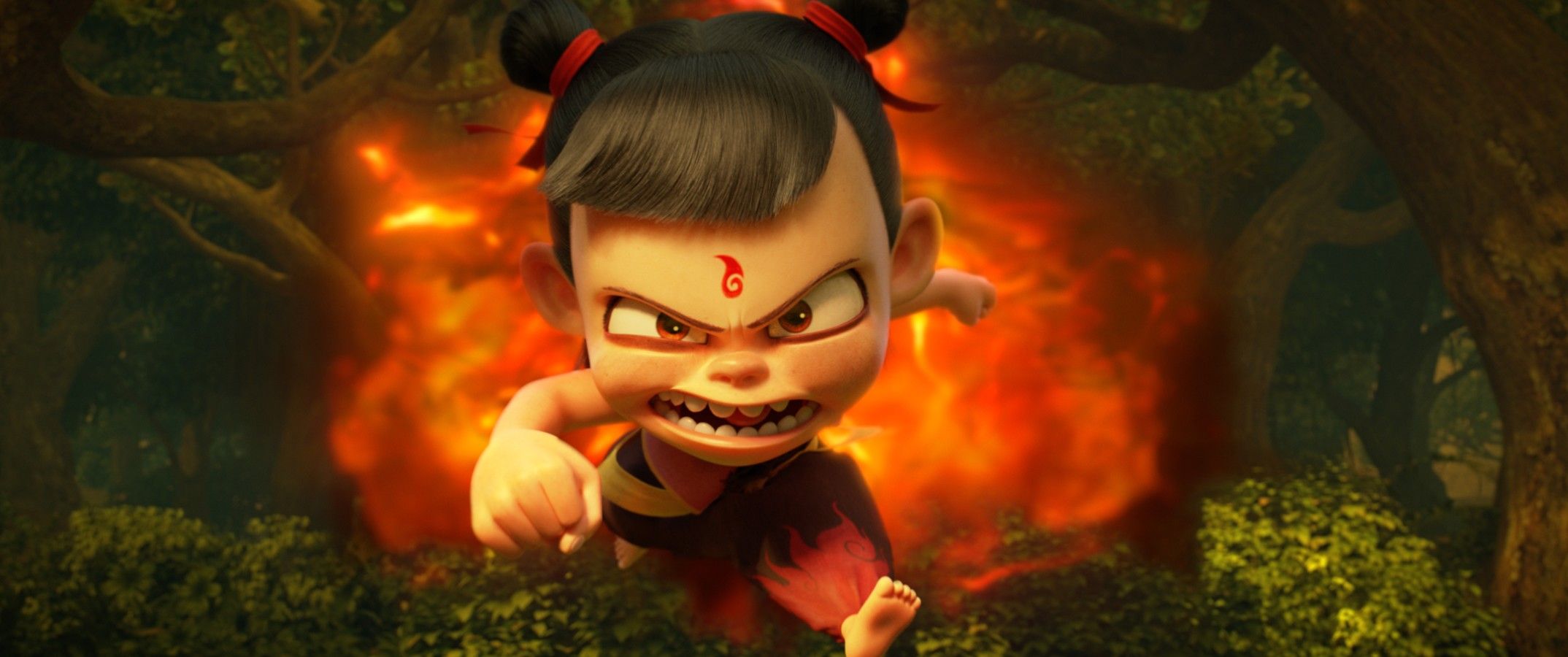M.A.D stands for fashion, arts and entertainment in French and and provides a platform for emerging artists.Lensbyvic/Supplied
It only takes a brief stroll down one of Montreal’s main streets to see that it’s a city with style – particularly if it’s Jeanne Mance Street during the city’s annual M.A.D Festival.
Now in its 25th year, M.A.D, which stands for fashion, arts and entertainment in French, celebrates self-expression and creativity by bringing local fashion designers, artists and musicians to the downtown entertainment district, the Quartier des Spectacles, for four days of free-to-the-public runway shows, concerts, art installations and pop-up shops.
The festival brings local fashion designers, artists and musicians to the Quartier des Spectacles for free runway shows, concerts, art installations and pop-up shops.Lensbyvic/Supplied
“Our goal, when we started in 1999, was really to democratize fashion,” said Chantal Durivage, co-founder of the festival. “In those years, there wasn’t anything for the consumer, but fashion wouldn’t exist if it weren’t for the people buying and wearing the clothes.”
More than two decades later, the festival is a fixture of the city’s fashion scene, highlighting big-name designers such as Mariouche and Mackage and providing a platform for emerging artists.
This year’s committee received hundreds of applications – more than in any other year – before selecting 30 designers to showcase their collections on the runway. The festival also features more than 70 pop-up shops, where attendees can purchase everything from clothing to jewellery to candles from local brands.
“These small businesses are the heart of our culture,” Durivage said. “That’s what this festival is all about: to help people discover new designers and encourage them to shop local.”
Today’s fashion industry is made up of smaller producers creating one-of-a-kind, handmade pieces that are made to last.Rorycreelman/Supplied
The method is proving effective. On the first night of the festival, Montrealers wearing their best summer outfits gathered en masse to shop from the many vendors before settling in to watch the runway shows, their arms adorned with shopping bags.
Montreal’s reputation as a fashion-forward city – arguably the most fashionable in Canada – can possibly be traced all the way back to its founding in 1642.
“Fashion is part of the DNA of France, so maybe they brought it with them,” Durivage said. “Whatever the reason, the sense of fashion here is strong, and you just have to look at the sidewalk to see it.”
The city also has a rich manufacturing history. The Garment District, originally located downtown before moving to Mile End and then finally to Chabanel Street, was once a thriving hub for one of Montreal’s largest industries, employing more people than any other between the late 19th and early 20th centuries.
Montrealers don their best summer outfits to shop from vendors before settling in to watch concerts and runway shows.Lensbyvic/Supplied
Though that’s no longer the case, with many companies having since shifted manufacturing overseas, Mathis Guertin, a designer showing at the festival for the first time, said the creative side of the industry has been “exploding” in recent years.
Montreal’s relative affordability, at least compared to Toronto and Vancouver, makes it one of the last artist-friendly cities in Canada. And with less of a focus on large-scale, commercial manufacturing, the industry today is made up of smaller producers creating one-of-a-kind, handmade pieces that are made to last.
“We’re still here, we’re just here differently and with a different mentality because we’re trying to get away from fast fashion,” Guertin said.
Designer Eve Gravel, who has been part of the festival since its inception, produces her clothes in Montreal using mostly natural fibres. “I work really hard to create pieces you can wear for years and people won’t know if they’re from 2015 or 2002,” Gravel said. “We want to prevent pieces from being thrown out because they’re not fashionable anymore.”
Montreal’s relative affordability makes it one of the last artist-friendly cities in Canada.Lensbyvic/Supplied
While fast fashion still very much exists in the city, some of the most eye-catching street style you’ll see is made up of thrifted finds, handmade items and pieces from local brands.
“Unlike most cities that are very brand-driven and showy, Montrealers are more into buying their friend’s sweater line,” said Tinashe Musara, the artistic director of Helmer, one of the larger luxury brands at the festival. “You’ll find a lot of people choosing to be slightly different.”
And yet, style can vary greatly depending on the neighbourhood – from eclectic, Y2K-inspired outfits in the Plateau to more minimalist dressing in Westmount. That’s why, beyond its main festival, M.A.D. is bringing runway shows to different parts of the city through October. The goal, Durivage said, is to celebrate what each unique neighbourhood has to offer.
Guillaum Chaigne, a streetwear designer who’s been a part of the festival for six years and introduced his new all-black collection on Thursday night, said M.A.D. exemplifies the best of the city: a mutual respect and admiration for others regardless of differences.
The city still holds the title of Canada’s fashion capital.Lensbyvic/Supplied
As a child growing up in a small Quebec town, Chaigne experienced homophobia and bullying, but he said coming to Montreal – sewing machine in hand – changed everything.
“Montreal accepted me,” Chaigne said. “What I see from Montreal is that anybody can be anybody.”
That sense of acceptance, according to Durivage and all of the artists I spoke to, is exactly why Montreal still holds the title of Canada’s fashion capital.
“We’re a mix-and-match of different backgrounds, different ethnicities, different sexual orientations, and it reflects in our style,” Guertin said. “The number of cities in the world where you can be a freak and be free is getting smaller, but we’ve still got Montreal.”











